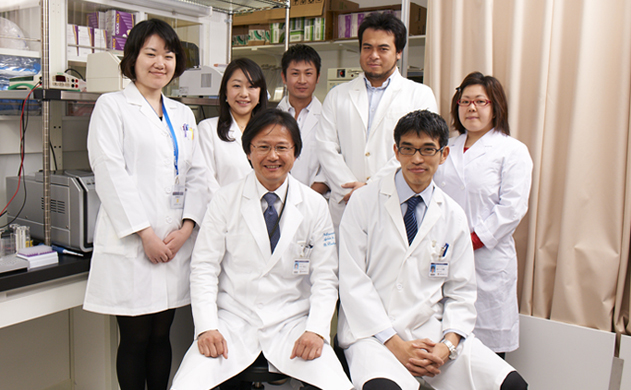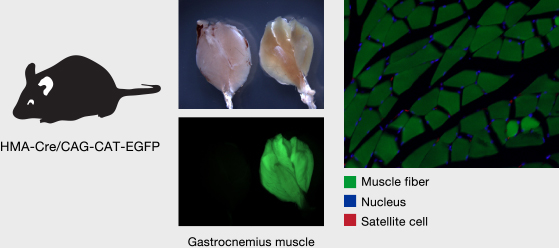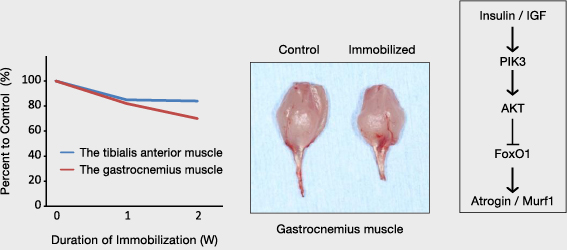
Skeletal muscle has high adaptive capacity and regenerative ability. However, these remarkable characteristics of skeletal muscle decrease with age, leading to decreased muscle mass (sarcopenia) in the elderly. Furthermore, besides ageing, there are many clinical conditions, such as immobilization, extended bed rest, and metabolic disorders, that can potentially result in severe muscle atrophy. Since muscle atrophy can compromise activities of daily living and increase the risk of fragile fracture, it is now regarded as one of the major issues in treating patients with locomotive disorders. The aim of our research group is to understand the mechanisms underlying muscle atrophy and to establish a novel treatment modality for patients with sarcopenia.

Masaya Nakamura, MD
Development of mouse models for muscle biology
Since some of the most important properties of muscle fibers cannot be recapitulated in vitro, it is mandatory to develop reliable mouse models. So far, we have developed several mouse models which can mimic muscle atrophy and muscle injury in humans. By using these models, we are trying to identify the genes that are involved in the regulation of the homeostasis of skeletal muscle.
A mutant line which expresses EGFP under the control of a HMA promoter.

Evaluation of muscle atrophy in mouse models
Muscle atrophy can be rapidly induced in mice by immobilizing the lower limbs (left and middle panels). Past studies have revealed some of the most important signaling pathways involved in muscle atrophy using various mouse models (right panel). However, we still do not fully understand the mechanisms underlying sarcopenia and have no medicine to treat patients with sarcopenia. Further studies are warranted to discover effective treatments for muscle atrophy.

Histomorphometric analysis of muscle fibers
To evaluate the efficacy of treatment for muscle atrophy, it is necessary to establish a reliable method to measure the changes in the volume of muscles. Using frozen sections and digitized images, we are trying to establish a semi-automated method to evaluate the size of muscle fibers.









